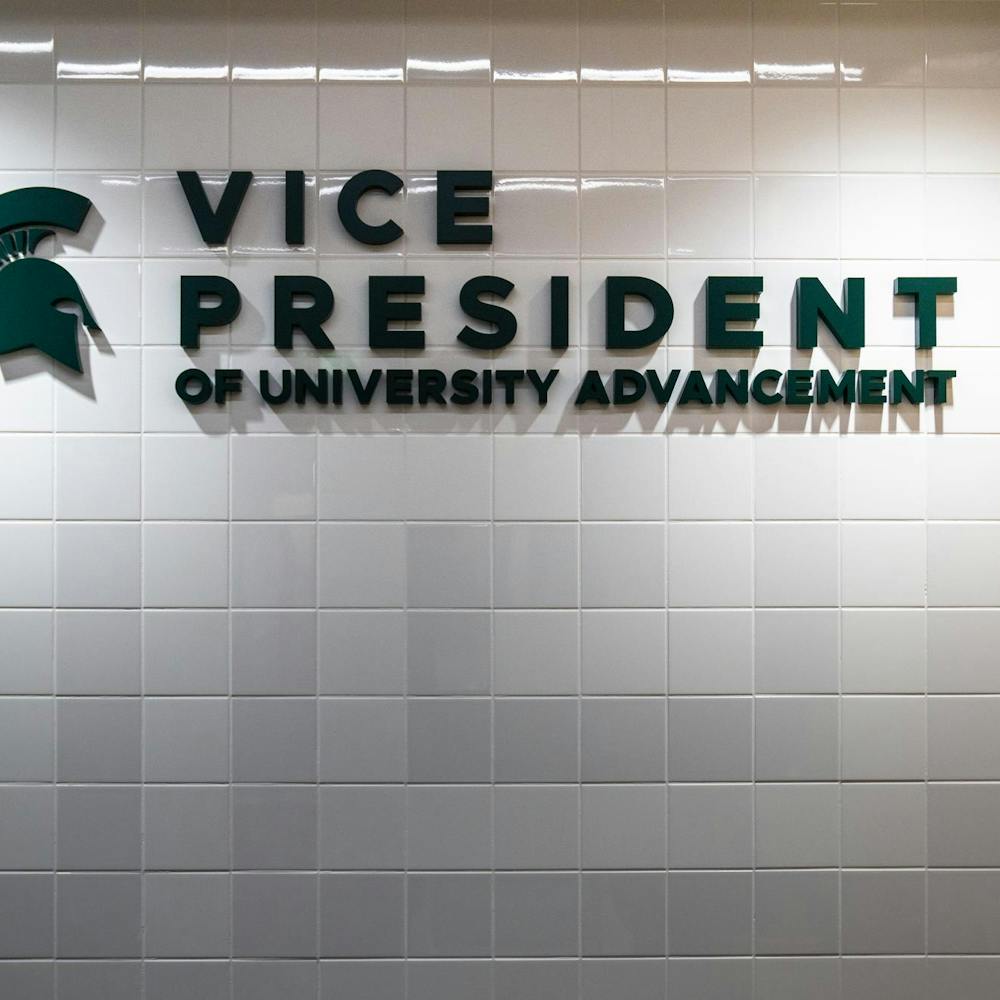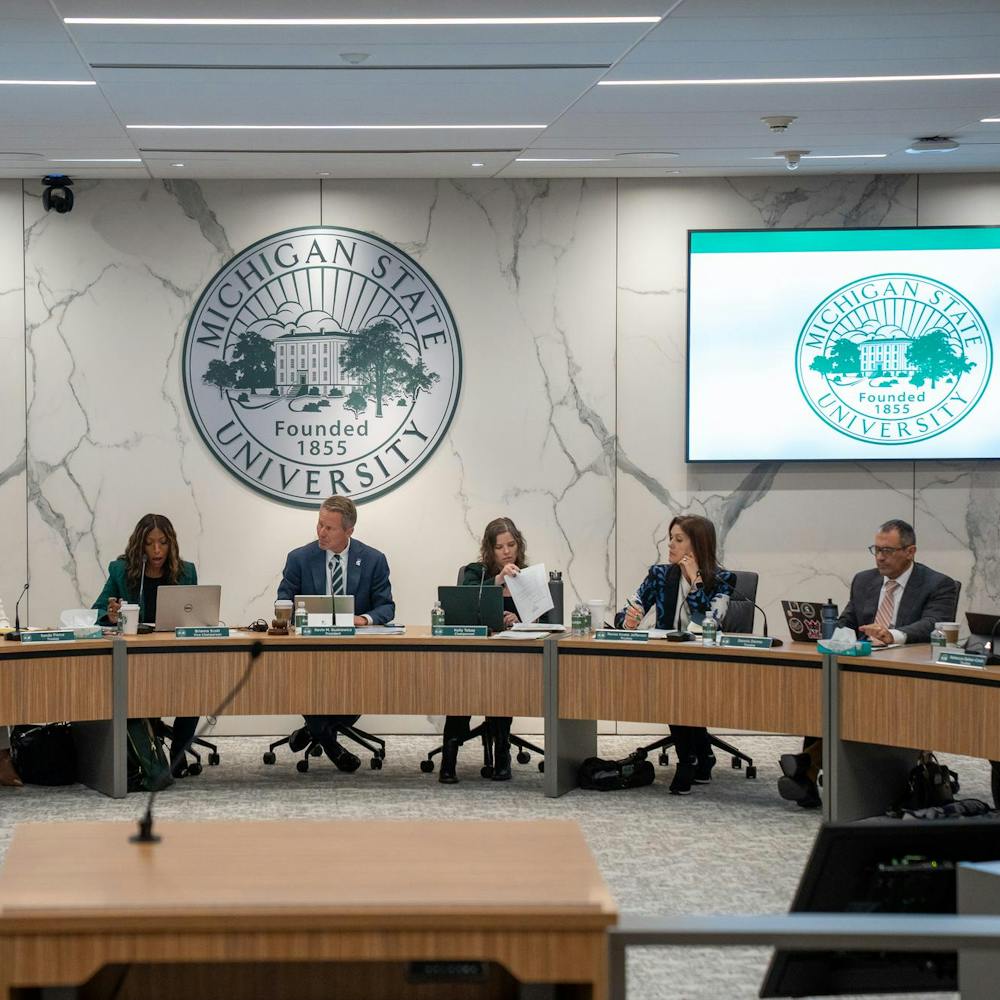Hundreds of students will still spend the beginning of the semester in overbooked dorm rooms, despite a sharp decrease in the number of available single rooms.
There are 420 transitional rooms so far this year — three students living in a space that is designed for two — as compared to about 650 last year. University Housing Director Angela Brown said the number will continue to drop as move-in gets closer because some students will decide not to attend MSU.
"The numbers are still very fluid," Brown said.
Many students, she added, will fill out applications for housing and later decide not to come to MSU.
"(It's a) year-round process," she said. "We are constantly looking at numbers, creating space and identifying space and planning for the future."
Transitional rooms are spread out evenly among the residence halls, she said, so individual dorms don't have to accommodate all the additional students.
Brown added that transitional rooms are not a result of Snyder and Phillips halls closing to accommodate the new residential college. University Housing offered less single rooms to students this year to make up for 752 fewer living spaces provided by the two dorms, she said.
In past years, the university has offered about 2,500 single rooms to students, and less than half of those are designated as singles this year.
The total size of the university is expected to be similar to last year — about 7,300 incoming freshmen and about 1,500 transfer students — said James Cotter, admissions senior associate director. He said he worked with Housing & Food Services to plan for the arrival of students.
An adjustment in the percentage of students accepted also was made to accommodate for the influx of applications this year, Cotter said.
"It's a wonderful problem if you want to call it that," Cotter said. "Popularity is something all colleges and (MSU) seek."
This year, 23,200 students applied to MSU while about 21,800 applied last year. Cotter said the university has seen a significant growth in out-of-state and international applications. Because of this increase, the university accepted 73 percent of applicants — 3 percent less than last year's 76 percent, he said.
"I think the increase in applications reflects a growth of visibility both outside the state of Michigan and outside the U.S.," Cotter said. "I think that it also suggests a number of folks are looking at Michigan State both in state and out of state as an institution with outstanding opportunities."
The later students confirm their attendance, he said, the more likely they are to come to MSU in the fall. He said because of factors such as financial aid, scholarships and family situations, students are more firm in their decisions the later they apply— a trend that has developed within the past two years.
"We have to realize that, to some degree, once the admissions decisions are made, the students control the final decision, and that is to accept our offer of admission," Cotter said.
The number of graduate students accepted each year is determined by faculty and department support in each college. Karen Klomparens, the Graduate School Dean, said about 1,500 new graduate students out of about 14,000 applicants are anticipated for the fall.
Providing housing for graduate students should not be a problem, Brown said, even though University Village — one of three apartment complexes leased to graduate students and families — has been torn down.
Graduate students with families have first priority in Spartan Village and Cherry Lane Apartments, she said, leaving about 1,800 apartments after the 486 University Village apartments became unavailable.






